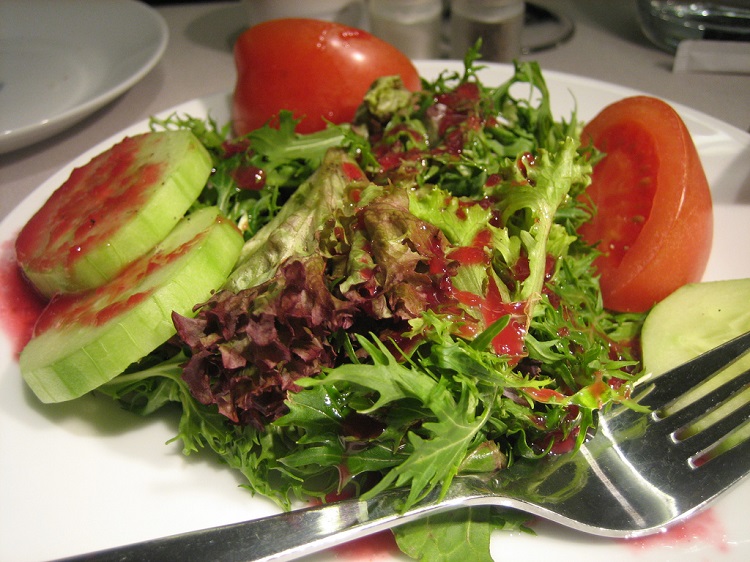Making Airline Food More Appealing

An appetizer on United Airline.
Ernesto Andrade via Flickr | http://bit.ly/29JAEjm
If you’ve already been away on vacation this year and were lucky enough to jet away to an exotic location, then you probably had to put up and make do with sub-standard airplane food. Whenever I fly I often wonder what they could have possibly done to that poor croissant to render it so unappealing.
It turns out that we may not be able to blame it on incompetence of airline chefs. They have a genuinely tough job – they have to work with food that can be practically served at 30,000 feet. So that means no frying, no grilling, and no fresh baking. On top of that, our taste buds function differently in the air, making it difficult for chefs to predict what might taste good.
The typical airliner cabin is pressurized and dry with low humidity. Scientists have determined through a series of taste tests that under these conditions, jetsetters are unable to appreciate subtle tastes but more able to detect strong flavors such as salt, sugar and glutamate. British Airways is now attempting to redesign their onboard menus, taking a more scientific stance where practically possible, to understand which foods taste best at altitude. Simon Talling-Smith, the company's Vice President of the Americas, spoke to Inside Science about these efforts from New York City.
(Editors' note: This page originally contained a link to a video that is no longer available.)

